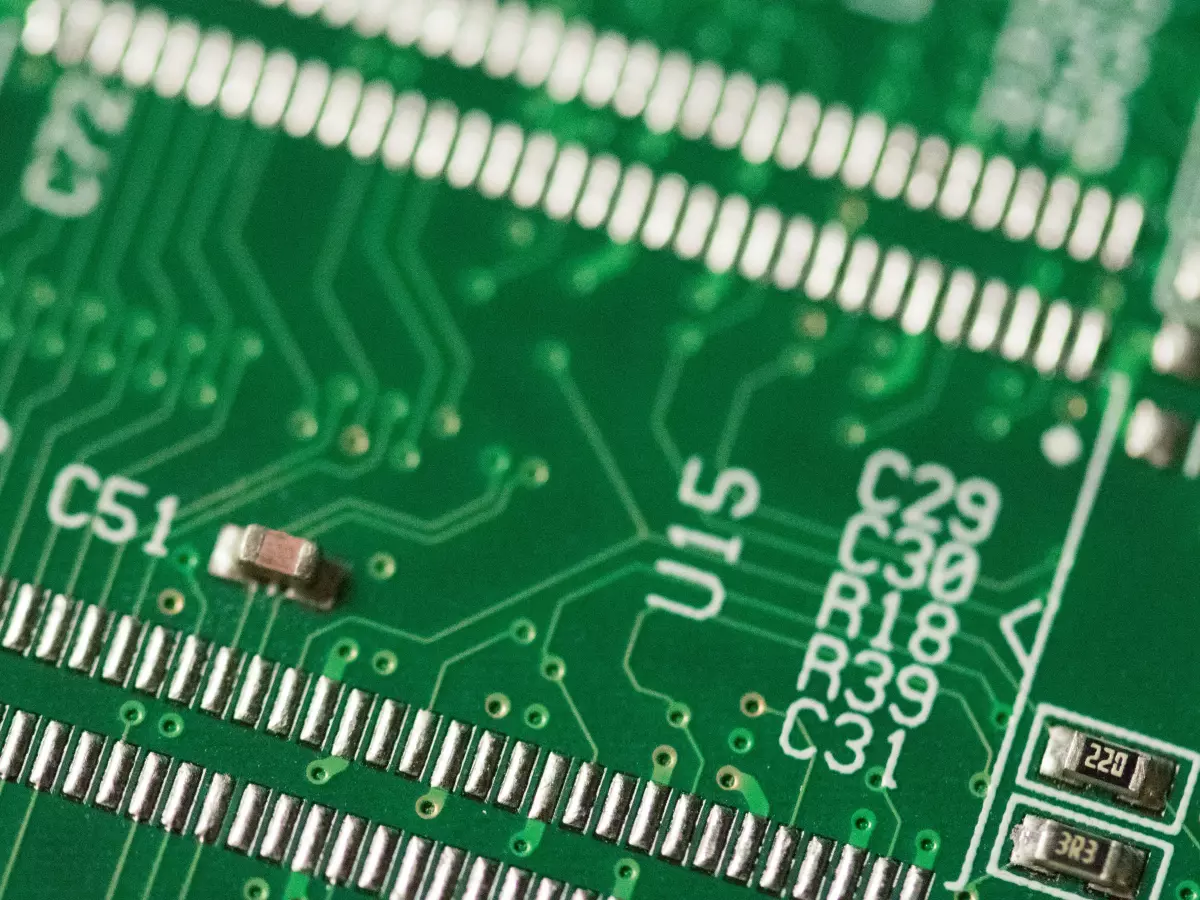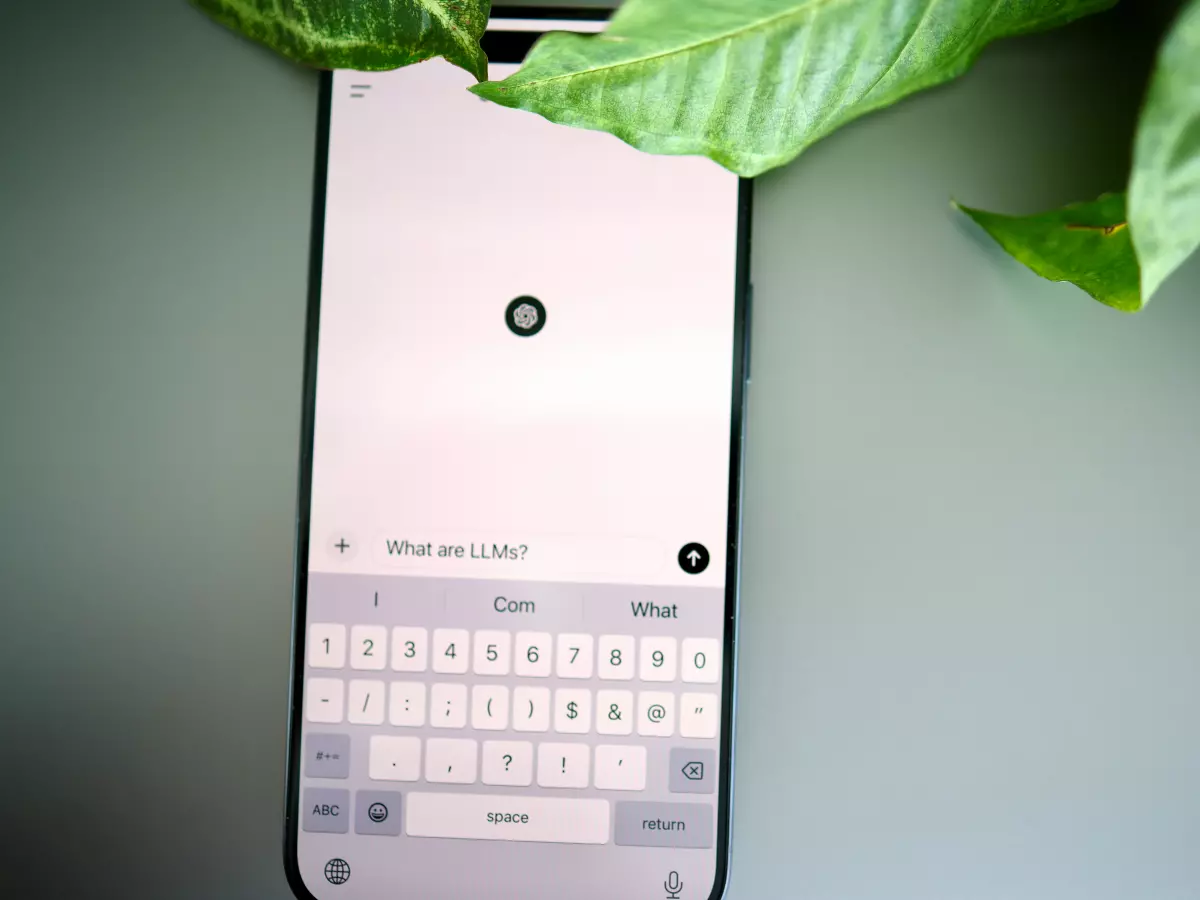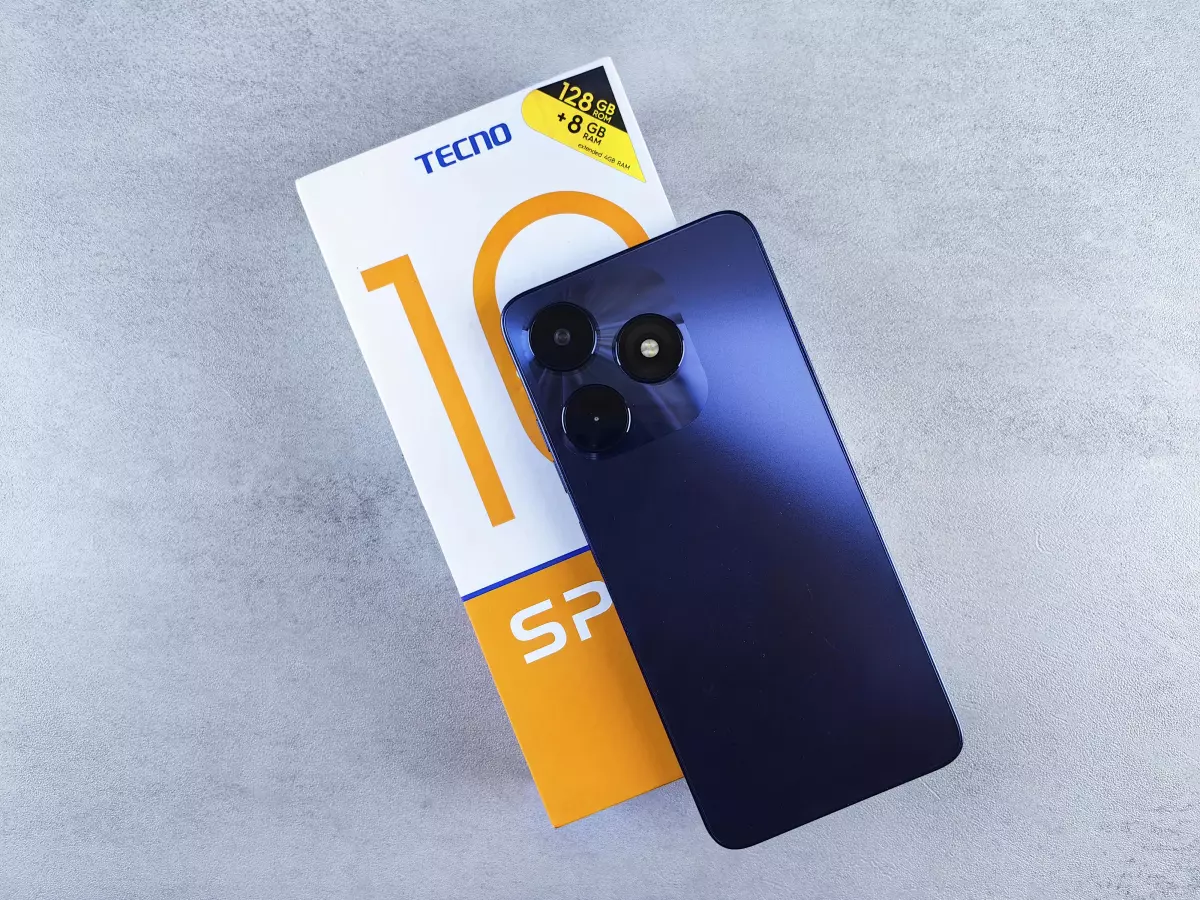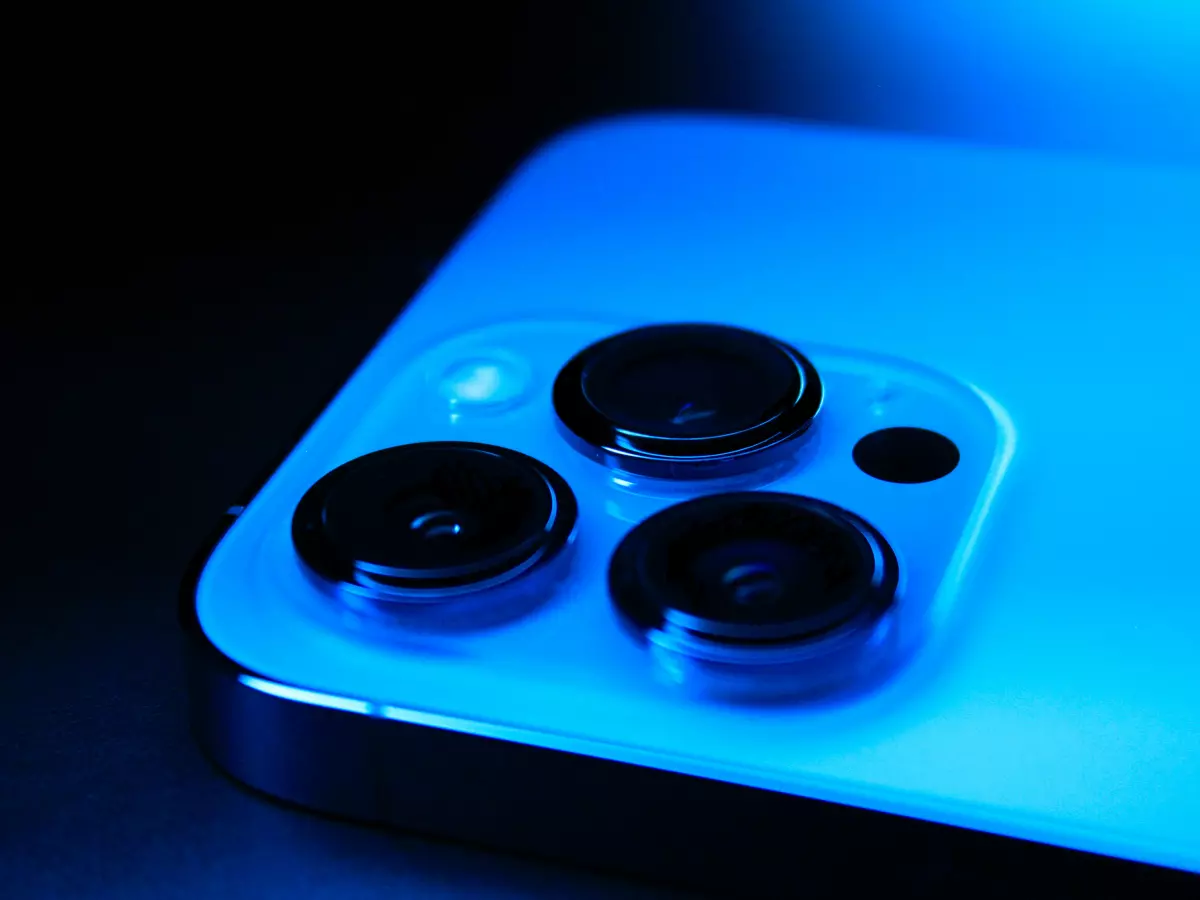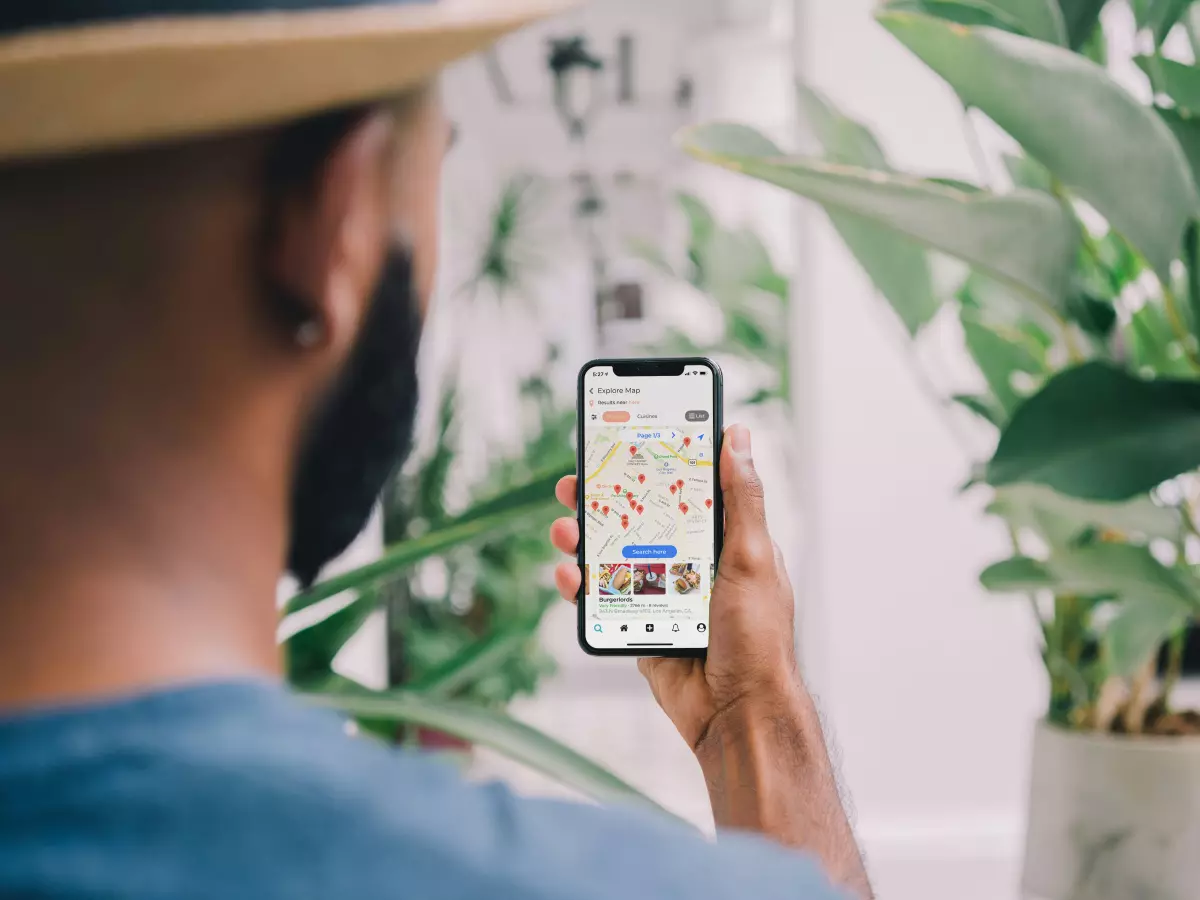Apple's USB-C Revolution
"Wait, so now my AirPods and MacBook have the same charging port?"

By Priya Mehta
Yep, you heard that right. Apple, the company that once fiercely defended its proprietary Lightning port, has finally embraced USB-C. It’s like watching a stubborn friend finally admit that pineapple on pizza isn’t that bad. But what’s behind this shift? And more importantly, what does it mean for you and your beloved Apple gadgets?
Let’s break it down. Apple’s move to USB-C isn’t just a random decision. It’s part of a larger trend in the tech world towards standardization. Think of it like switching from a chaotic wardrobe to a capsule collection—everything just fits better. USB-C is faster, more versatile, and, let’s be honest, way more convenient. No more fumbling to figure out which way the cable goes in (we’ve all been there).
Why the Change?
There’s a lot of buzz around this transition, but the main driver is the European Union’s new regulations. They’ve mandated that all smartphones, tablets, and cameras sold in the EU must use USB-C by 2024. Apple, not one to be left behind, is getting ahead of the curve. But it’s not just about following the rules—USB-C offers some serious perks.
For starters, USB-C supports faster data transfer and charging speeds. That means your devices will charge quicker and transfer files faster. Plus, it’s a universal standard, so you can use the same cable for your MacBook, iPad, and now even your AirPods Max. It’s like having one key that unlocks all your doors—super convenient, right?
What Devices Are Affected?
Apple’s USB-C revolution is already in full swing. According to 9to5Mac, the latest AirPods Max, AirPods Pro 2, and even the new iPads are all sporting USB-C ports. And let’s not forget the M3 MacBook Air and MacBook Pro, which are also part of this USB-C takeover.
But wait, there’s more! The Apple Pencil Pro has also joined the USB-C party, making it easier than ever to charge and use across multiple devices. If you’re someone who’s juggling multiple Apple products, this shift is going to make your life a whole lot easier.
What Does This Mean for You?
In short, fewer cables and more convenience. You’ll no longer need to carry around a different charger for each Apple device. One USB-C cable can handle it all. This is especially great for travelers or anyone tired of untangling a mess of cords. Plus, with faster charging and data transfer, you’ll spend less time waiting and more time doing.
Of course, this also means that if you’re still using older Apple devices with Lightning ports, you’ll eventually need to upgrade or invest in adapters. But hey, progress always comes with a little bit of change, right?
The Future of Apple and USB-C
Looking ahead, it’s clear that USB-C is here to stay. Apple’s gradual transition to this universal standard signals a future where all your devices—whether they’re from Apple or another brand—will work seamlessly together. It’s like the tech world is finally speaking the same language.
So, while it might feel like the end of an era for the Lightning port, it’s also the beginning of a more streamlined, efficient future. And who doesn’t love that?

